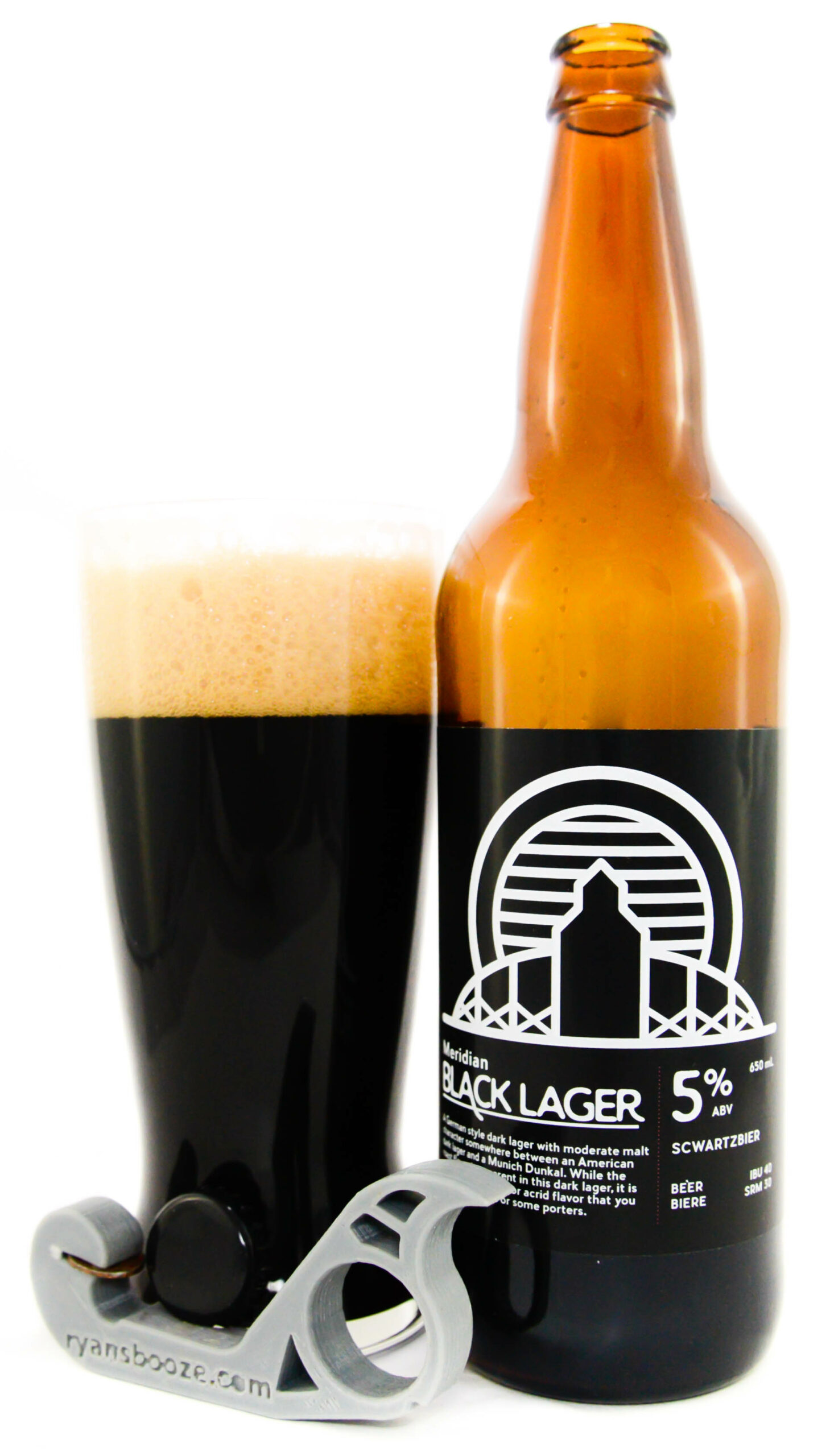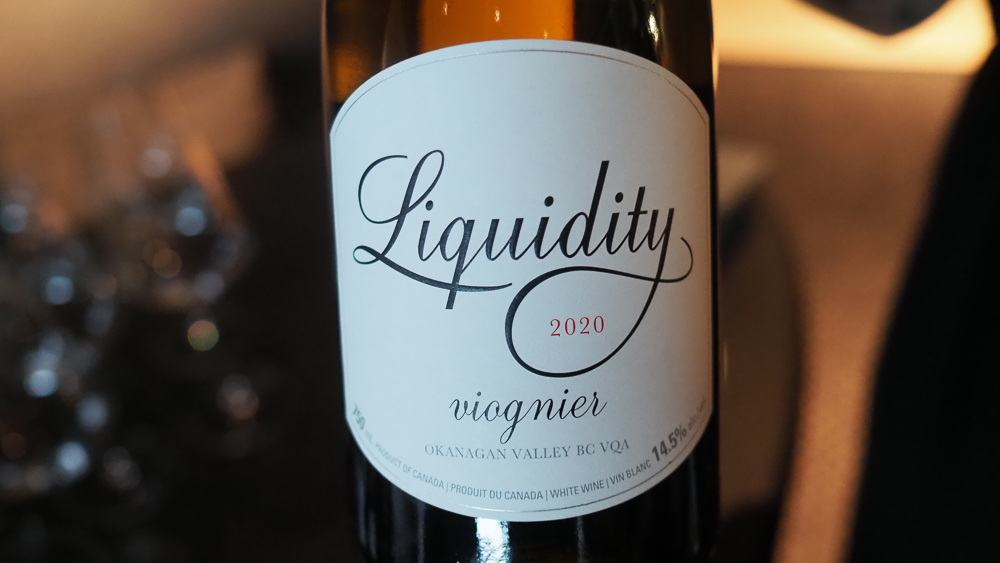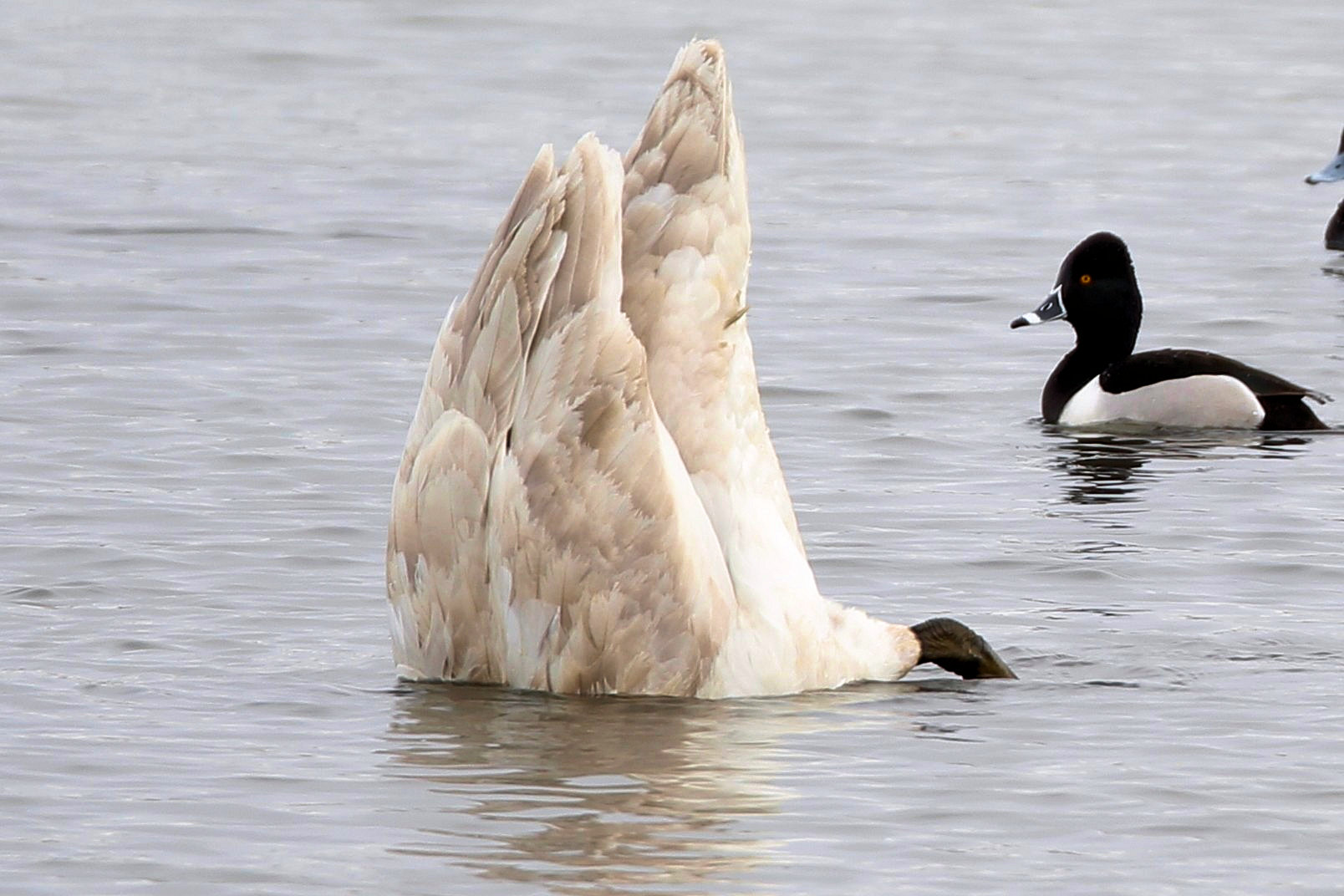Looking to impress my holiday guests, I was digging through the dusty corners of the wine cellar for forgotten gems, and came across an old bottle of Chartreuse that I picked up in Paris during a long-ago European vacation.
For those not familiar with the spirit, Chartreuse is a French liqueur developed by Carthusian Monks centuries ago, and is currently experiencing a resurgence in popularity. The story of Chartreuse harkens to the twilight years of the Renaissance, when a royal alchemist delivered the recipe for a so-called elixir of long life to an order of monks near Paris.
The complex recipe, consisting of 130 herbs, plants, flowers, and unknown secret ingredients was studied by the monks for more than a century, experimenting and tweaking the recipe for use inside the monastery as a medicinal tonic. After perfecting the means of production, the monks started selling the liqueur in 1764, delivered to neighbouring villages by mule, making the distribution area very small.
As the French Empire waxed and waned, all religious orders were expelled from France in 1793, causing production of Chartreuse to cease until the monks were permitted to return a few decades later. Another rise in secularism led to religious orders being expelled from France again in 1903, leading the monks to re-establish their order in Spain, using their still-secret recipe for Chartreuse to fund the charitable endeavours of the monastery.
Chartreuse had been a decidedly local affair for centuries, with the bulk of sales made directly from the monastery door, but that all changed with the arrival of WWI, as allied soldiers from across Europe carried tales of the unique spirit across the continent, causing demand to explode in the post-war years.
The Carthusian monks are still the sole producers of Chartreuse to this very day, although at a new and modern distillery after the original site was destroyed by mudslides in 1935. The recipe is still a closely guarded secret, known to only two living monks at a time, who carry on the responsibility of producing the herbal mixture that is then macerated and distilled.
The original Chartreuse liqueur used sugar beets as the base product for fermentation and distillation. After macerating the colourless distillate with the secret recipe of 130 ingredients, the spirit takes on a yellow-green tint. Interestingly, the colour chartreuse takes its name from the liqueur, rather than the other way around. This original style of Chartreuse weighs in at 55% ABV,
Another style is known as Yellow Chartreuse, developed in the 1830s as a lighter alternative, using a grape-based distillate instead of sugar beets. Yellow Chartreuse skips the final maceration step which imbues the green tint to the liqueur from the chlorophyll in the plant-based ingredients, resulting in a milder and sweeter flavour, as well as a lower alcohol content of 40% ABV.
The flavour profile of Chartreuse is predominantly herbal, with anise, mint, and vanilla tending to be the most pronounced, depending on how many years the spirit was aged in oak barrels. These strong herbal flavours can overwhelm the palate, making Chartreuse popular as a digestif after a large meal, or as a sparingly used ingredient in a cocktail.
The Yellow Chartreuse spends less time in oak barrels, although the monks typically keep the ages of each bottling nearly as secretive as the 130 ingredients in the still-secret recipe, so the exact amount of time the spirit rested in oak in the huge cave below the monastery prior to bottling can only be roughly guessed based on the price point.
The bottle I picked up in Paris many years ago was only a few Euros due to low taxation on domestic booze in France, but expect to pay around $50-$75 at well-stocked booze merchants here in Alberta. Since Chartreuse is used sparingly, a single bottle will typically last you many years, so broaden your boozing horizons by trying a Chartreuse today!









